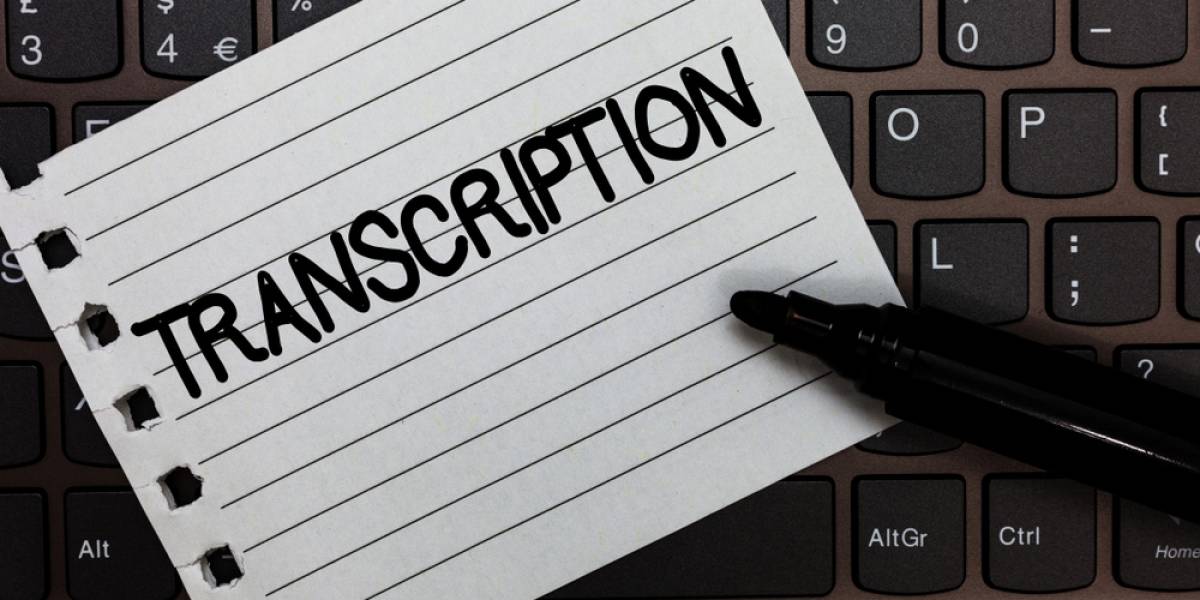

#Transcribe template how to
How to Identify Speakers in a Research Interview Transcription It takes a skilled transcriber to ensure that the resulting transcription remains an accurate reflection of the interview.įor more on the different types of transcription, see Transcription of Qualitative Data. In an intelligent verbatim transcription, the transcript is polished to remove grammatical errors and tie sentences together. Even the most eloquent speakers don’t always talk in complete sentences.

Intelligent Verbatim: As the name suggests, “intelligent verbatim” is the most polished way to format a research interview transcription.

In these cases, a semi-verbatim transcription will remove extraneous noises and interjections from the interview. Semi-Verbatim: In some cases, the non-verbal information included in a verbatim transcription can be distracting, rather than enlightening. It’s the most detailed and precise format for transcription. Verbatim: Verbatim transcription records everything on the audio file, including non-verbal noises, chairs creaking, throats clearing…you get the picture. Unsure which to choose? Here’s a quick rundown: There are three main formats: verbatim, semi-verbatim, and intelligent verbatim. However, there are some general guidelines that are widely used by researchers in almost all fields.įirst, you need to decide what format to use. The exact formatting can vary depending on who’s using your data and what they’re using it for. How to decide what format to use for your research interview transcription. Here’s a rundown of how to use the most common formats, with FREE templates to reference. If you’re not sure how to format your research interview transcripts, we’re here to help. It ensures you have a clean, well-organized document to work with. Proper formatting is an important part of preparing research interview transcripts for analysis and publication.


 0 kommentar(er)
0 kommentar(er)
